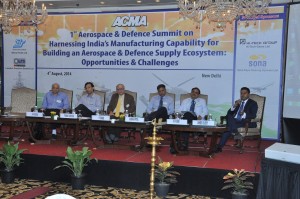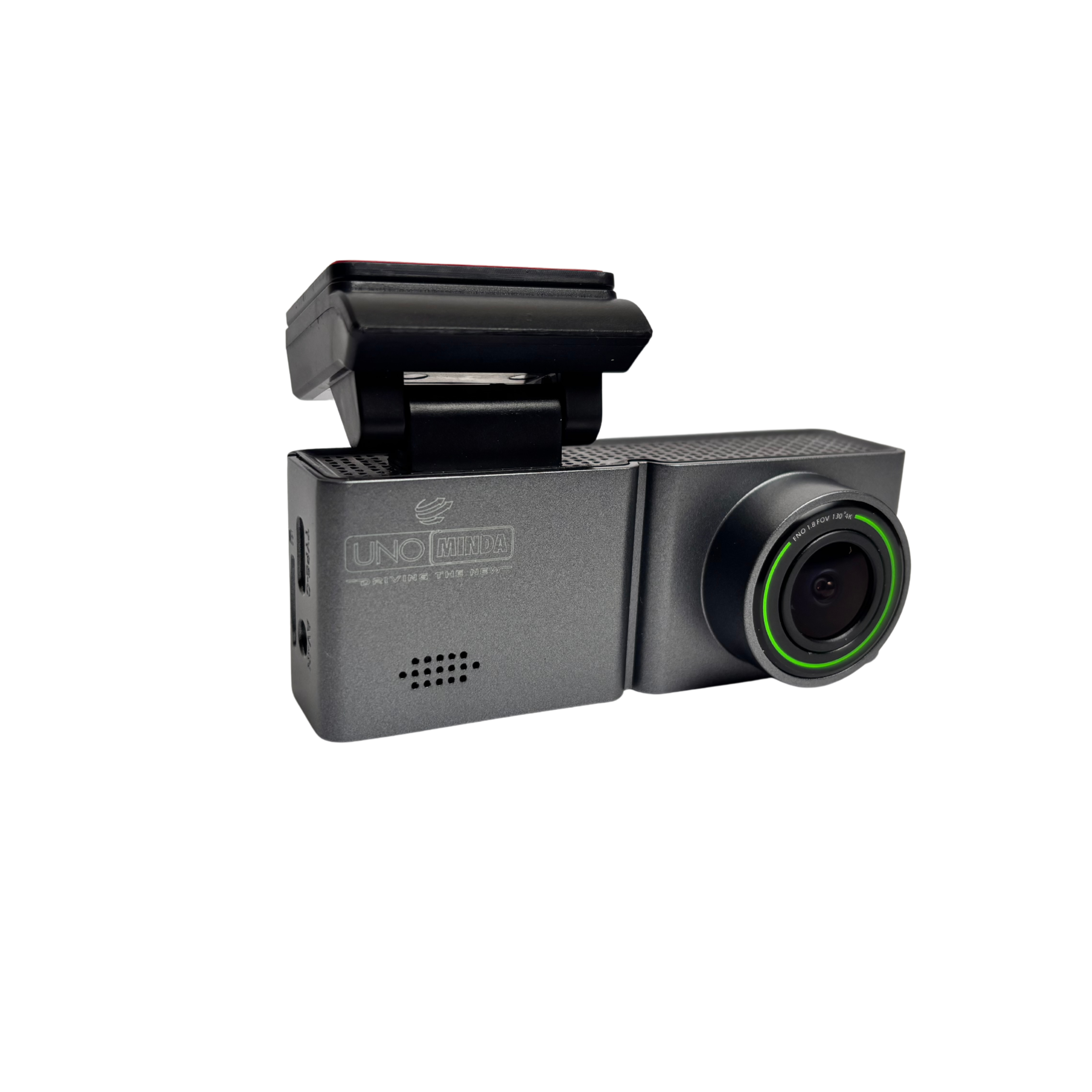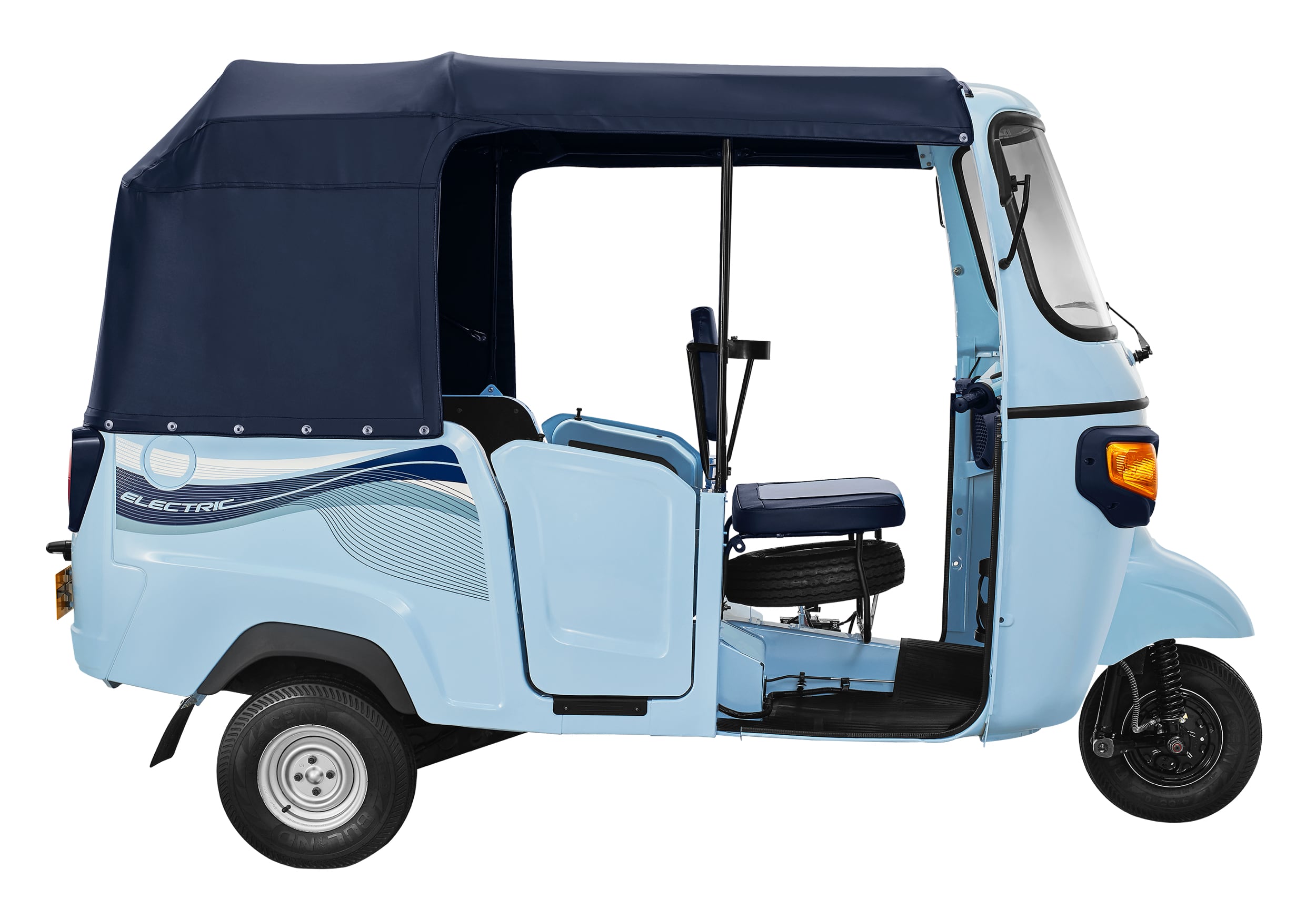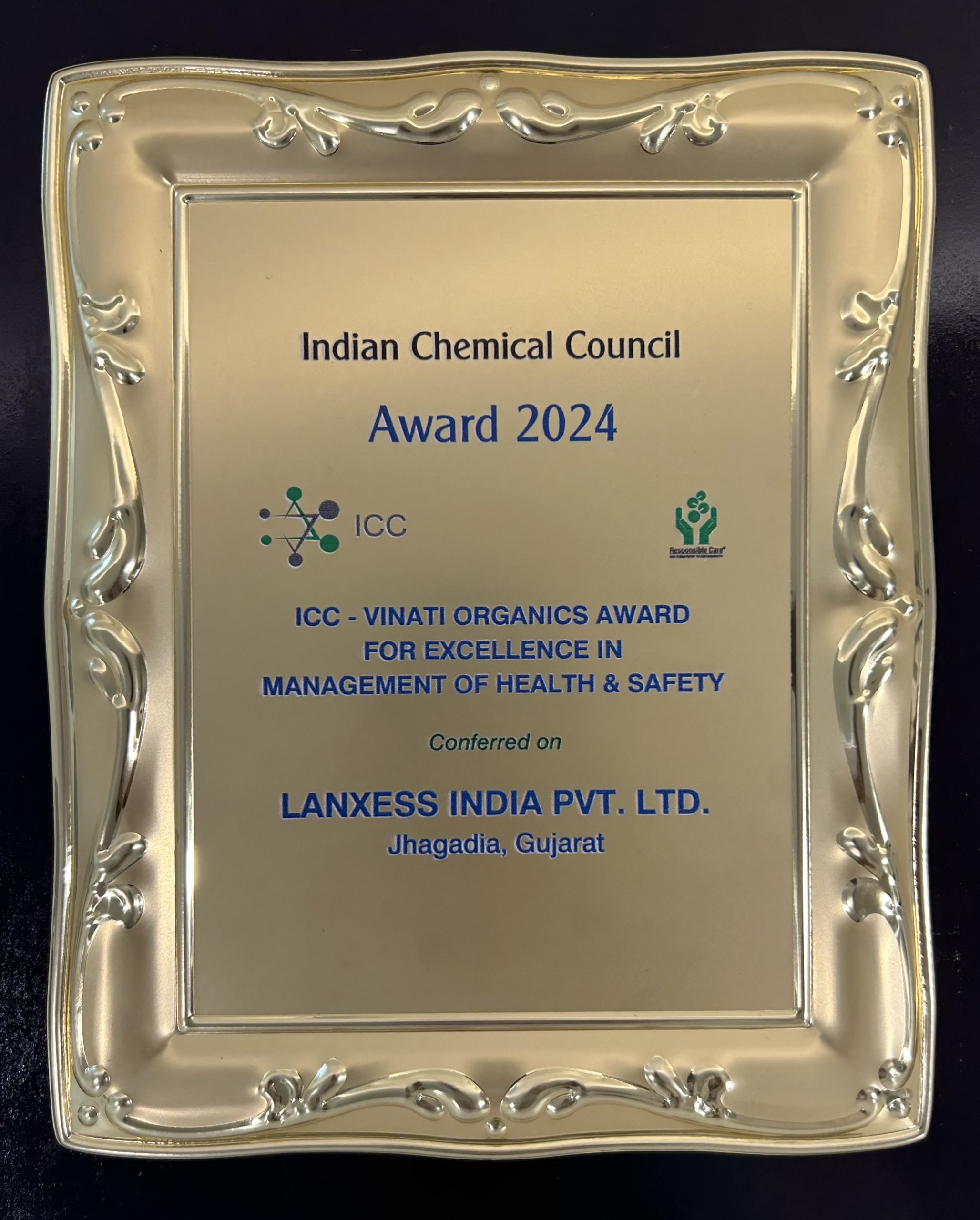Text: J Srikant
Many are calling Defence and Aerospace the sunshine sectors when it comes to manufacturing and it is slowly taking wings in India too. Auto component industry, which has been one of the most prominent manufacturing sectors since liberalisation in the early 1990s, is looking to corner a piece of the pie. To give a glimpse into the opportunities and challenges that await the auto component industry to enter into this highly specialised sector, Auto Components Manufacturers Association (ACMA) recently organised the first Aerospace and Defence Summit in New Delhi, titled ‘Harnessing India’s manufacturing capability for building an Aerospace and Defence supply ecosystem: Opportunities and Challenges.’ The summit proved to be an encouraging platform for auto component manufacturers to listen to, and interact with, the who’s who of the aerospace and defence industry.
Take-Off
The conference was kicked off by a welcome note by Pranav Kapuria, Chairman, Aerospace Defence and Railways (ADR) Committee, ACMA, and also Managing Director of Hi-Tech Gears. This was followed by a brief address by Harish Lakshman, President, ACMA, who, while introducing the seminar, said, “Given the components industry’s capabilities across the range of manufacturing technologies, be it metal cutting, foundry, plastics, electronics, or even assembly capability, I firmly believe that the component industry is unique in position to capitalise on the opportunities that now present themselves.”
This is for the first time ACMA has organised a summit focusing on the Aerospace and Defence sector which saw more than 100 participants being a part of this endeavour. However, the idea to tap opportunities that arise in aerospace and defence is not new to ACMA. The apex body for the component makers had engaged with Hindustan Aeronautics Limited in January 2013, when the ADR Committee of ACMA held the first symposium with the helicopter division of Hindustan Aeronautics Ltd (HAL).
New Ruling
The conference comes just months after the decision to revoke the need for an industrial licence was taken by the government. According to the new ruling, there is no need to get an industrial licence for manufacturing equipment and products in the defence sector, other than those used in the battleground. However, the speakers during the conference pointed out that the entry barrier for component manufacturers is still very high because of the quality and investment required.
Highlighting the future of the Indian Aerospace sector, Kapuria said, “As per market estimates, between 2012 – 2032 more than 30% of the global commercial aircraft orders will be by airline operators from Asia Pacific countries. India is expected to emerge as the world’s third largest aviation market by 2020 and perhaps the largest by 2030.” He added that on the one hand western economies are witnessing a gradual decrease in military spending, while on the other hand emerging economies such as China, India, Brazil and the Middle East region are witnessing an increase in defence spending due to the volatile security environment.
The stage for the conference was set with a theme presentation by Amber Dubey, Partner & Head, Aerospace and Defence, KPMG. He spoke of the aerospace market that is about to expand exponentially and the opportunities waiting to be seized; he also said the auto component industry needs to have a clear strategy for this sector as there is a huge difference between the two sectors. The processes are long-drawn, the tolerances very low, and it is very high on safety and long-haul investments. Giving the example of Airbus 380, which is built by assembling parts from different countries, he emphasised the point of global collaboration required in defence and aerospace. As for the role of government, Dubey said there needs to be an SME fund setup for companies who are looking to enter the industry, also all the tax structures should be looked into to push the industry forward.
This was followed by an address by Vivek Lall, President-Chairman’s office, Reliance Industries who spoke about six areas which are important for automotive component manufacturers such as quality assurance, cross learning from aerospace and vice-versa, adjustments to low volumes, skill base required to cater to aerospace, introspection of raw material supply in India and investment and incubation timelines, especially since aerospace is a high investment sector and incubation timelines are not anywhere close to what is seen in the automotive sector. He asked the industry to tread cautiously as there have been instances in the past where auto players have forayed into aerospace and have lost out not only in the new venture but also in their original business.
C K Vishwakarma, Executive Director, HAL, who was the guest of honour, laid out the challenges component manufacturers would face while making the transition. He said that aerospace requires machining of aluminum alloys, high tensile steel, titanium and super alloys which are not being used in the automobile industry. HAL spends nearly 25% of the cost on quality control and this is one of the most rigid aspects of the industry. However, he said that there are parallels as well between the two industries which will be an advantage to the component industry. “In these two industries, almost all the processes are the same such as cutting, grinding operations, CNC operations, which we can make the best use of,” he said. Vishwakarma stated that the auto component industry could avail the services of a national skill development council which has been floated by HAL along with Bangalore Chamber of Industry and Commerce (BCIC) and Society of Indian Aerospace Technologies and Industries (SIATI) which will create a pool of 400,000 trained professionals over the next 10 years.
Sharing his views with attendees, chief guest of the day, Ajay Shanker, Member Secretary, National Manufacturing Competitiveness Council said the one thing that aerospace industry should do in India is to nurture component manufacturers, akin to the auto industry. “Maruti was successful because it was able to foster growth of component makers. The defence PSUs, ordnance factories, for certain strategic reasons, have not been able to do what Maruti did. So we need an engagement and policy discussion on how this kind of nurturing and long-term supply relationship can be developed.” He added that if it works out well, “we could look at 70% localisation in defence and aerospace.”
Focused Sessions
The conference proceeded with two sessions, one each dedicated to defence and aerospace. The session on defence was titled ‘Role of Indian Manufacturing companies in developing country’s defence industrial base: opportunities and capability gaps.’
Giving OEMs perspective, PR Naik, Director, Defence, Bharat Earth Movers Ltd said what they are looking for from ACMA members is components at rock bottom price with the highest quality. Through his presentation, he focused on indigenisation, R&D requirement, exports, competitiveness and building of an ecosystem. According to Mittal of Goa Shipyard, one of the main problems they are facing is the lack of suppliers, and in major components there is virtual monopoly of just a handful of players. Thus the opportunities for the component industry lie in not just supply of equipment but in providing services, design and engineering solutions. Giving a glimpse into the opportunity that lies in shipbuilding, Mittal said that 44 naval ships worth Rs 120,000 crore are under construction and another Rs 200,000 crore worth of orders are in the pipeline. Col.(Rtd) K V Kuber, Advisor, Defence – NSIC said the first step should be to look at Defence PSUs. “Get into the supply chain of DPSUs, Tatas and Godrej. They are the low-hanging fruits as the DPSUs have got a long procurement list.” He also advised component makers that
even tier-1 and OEMs should be on their radar.
The second session was titled ‘Transforming to a global Aerospace supplier: Opportunities and Challenges for Indian manufacturing companies.’ According to Amit Pathak, Director, OEM Customers and Business Development (India, Indonesia and Turkey) at UTC Aerospace Systems, who was the first speaker for the session, companies should have certain things in place like certifications including AS9100C that are mandatory for working in aerospace, and also IP protection processes to ensure that OEMs’ intellectual property is safe. He also cautioned that in aerospace which is a low quantity high precision industry, cost of manufacturing or labour is not a big differentiator so they will have to innovate ways to add value to the OEMs.
Deepak Sharma, Head, Procurement & Supply Chain, BAE Systems, added to the advice and said that component manufacturers need to first understand the Defence Procurement Procedure (DPP). It changes frequently and companies need to stay updated. The sessions also saw presentations from Dr Maghin Tamilarasan, Director- Strategy & Business development, Rolls-Royce India and Vineet Khunger, AVP-Partnerships & Offsets, SAAB India Technologies and Surinder of GE.













Leave a Reply